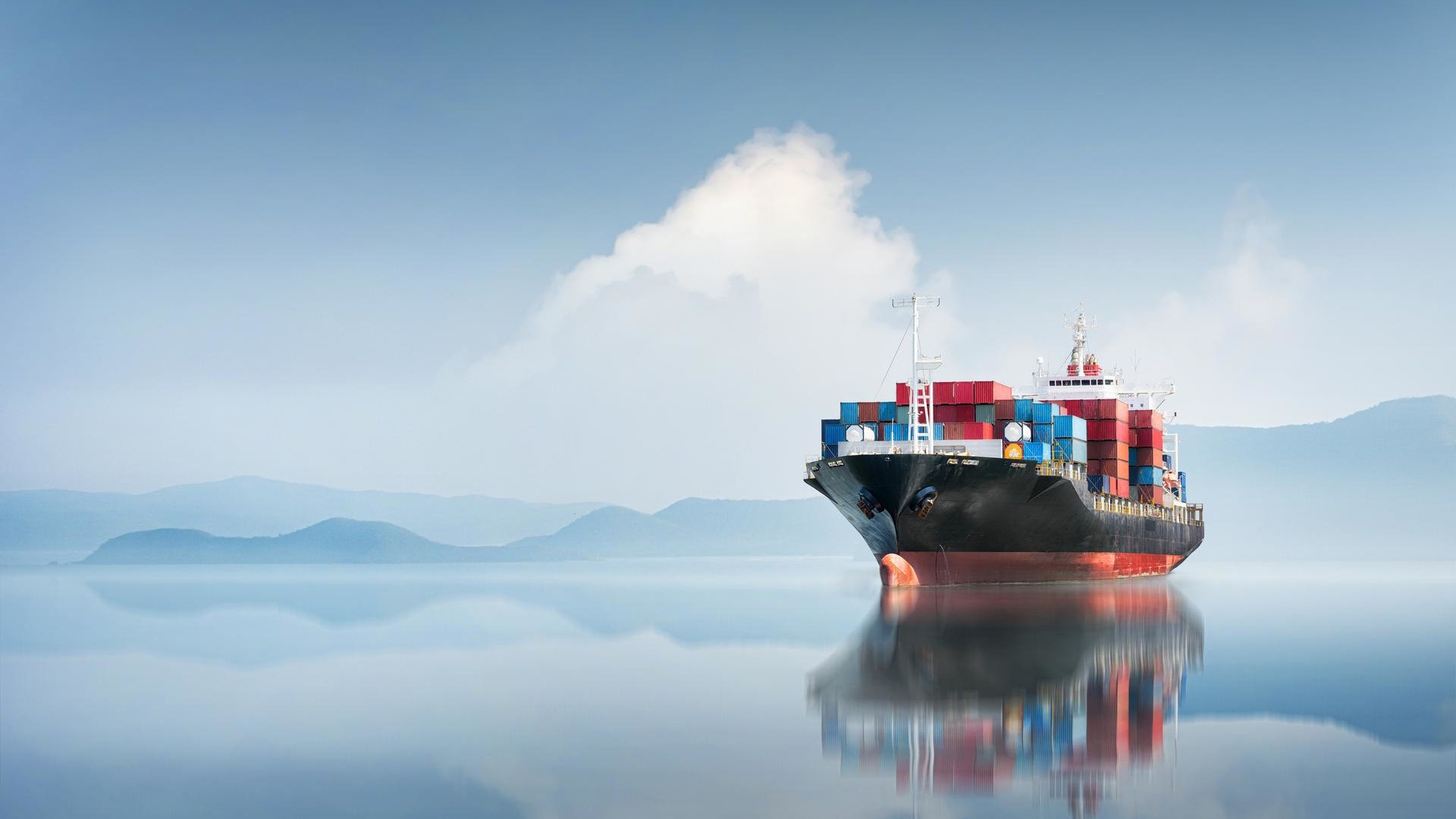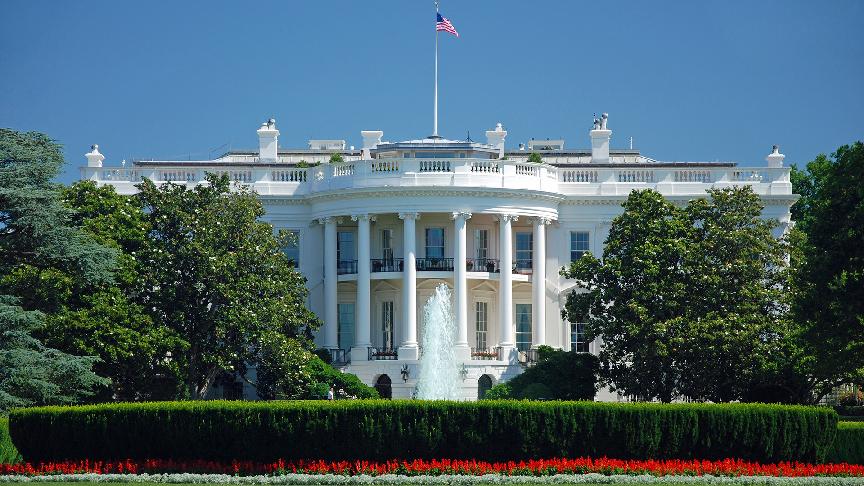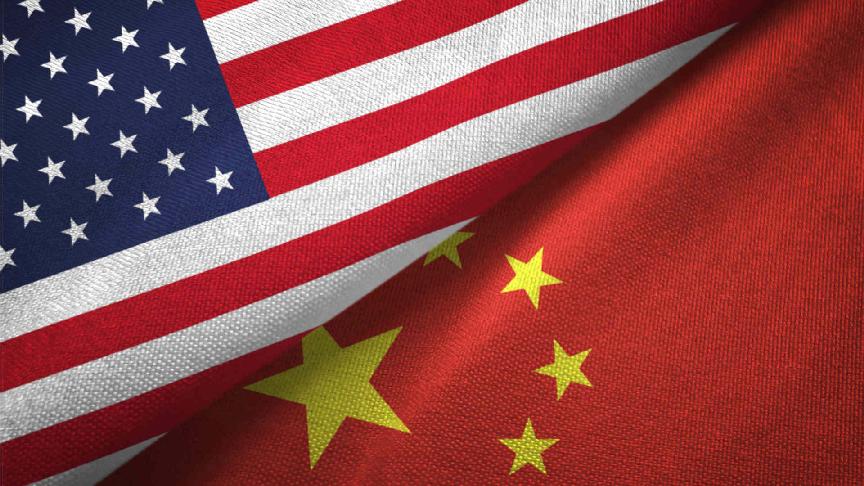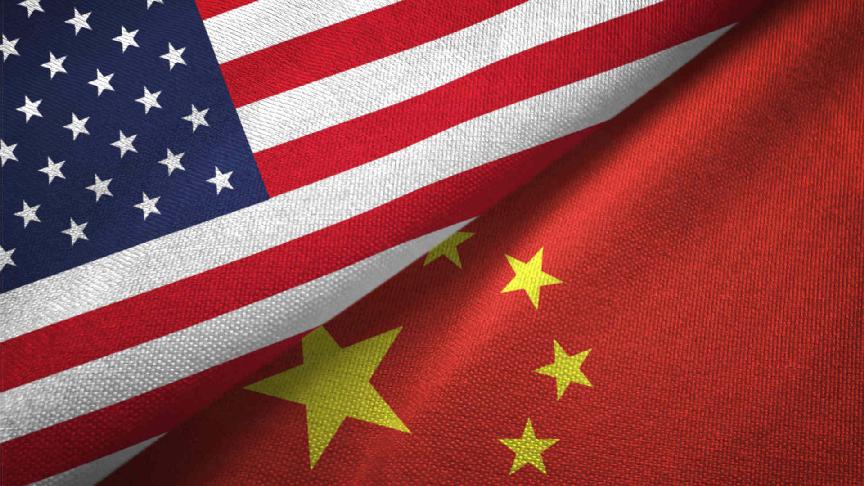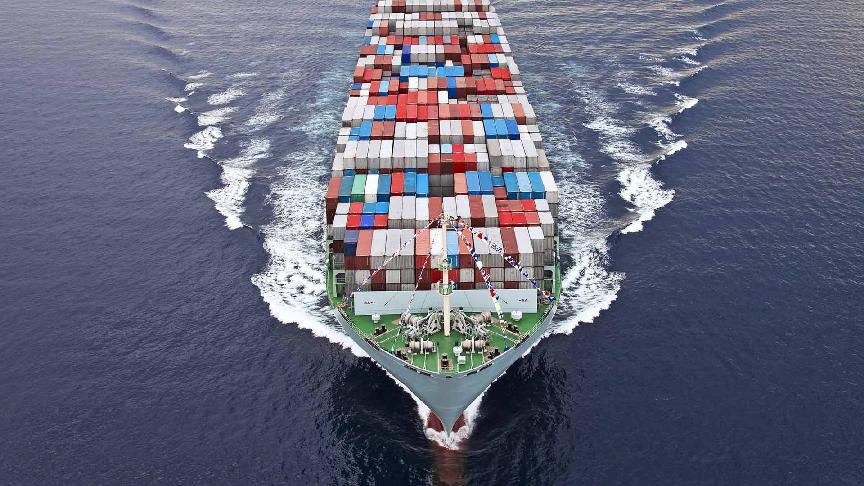AS THE deadline for US port fees on October 14 fast approaches, industry players are waiting with bated breath to see how major shipping lines are planning to manage the situation.
French shipping line CMA CGM on Wednesday became the first among its peers to announce that it will not be levying surcharges to manage port fees, opting instead to redeploy its fleet to circumvent them.
Competitors may have to follow suit if they want to maintain market share and retain their customers.
Data from UK-headquartered shipping consultancy Drewry shows that only 30% of CMA CGM’s transpacific and transatlantic boxships were built in China. This will allow the firm to adjust its fleet.
The data also indicates a notable decline in China-built boxships on transatlantic and transpacific trades, suggesting that major container shipping lines have already started redeploying ships and adjusting routes accordingly in preparation for the looming port levies.
Between May and August, the number of China-built vessels on the Asia-North America west coast route fell by 19% to 102 vessels, according to Drewry.
Transatlantic and Asia-North America east coast routes saw declines of 6% to 44 vessels and 20% to 33 vessels, respectively.
These changes will likely speed up as the October 14 deadline approaches and could have a knock-on effect, according to Drewry Supply Chain Advisors managing director Philip Damas.
Changes in fleet allocations and routes could cause “significant changes and disruptions, which is a risk for shippers and forwarders”, Damas said.
Freight forwarders and cargo owners will need to be agile enough to adapt to changes in services and schedules, which could cause delays in shipments. They would possibly have to look for other carriers if delays are too long.
While major operators may be able to leverage diverse vessel origins to mitigate port fees, smaller operators may not be as fortunate.
This is especially so for operators with vessels mainly coming from China. These carriers may need to implement surcharges for shipments to the US or avoid shipments to the US altogether.
What remains to be seen is how Chinese carriers are planning to adapt, as they will be hit hardest by these fees.
But one thing is clear; the need to leverage on ocean alliances will now be stronger than ever.
In the case of CMA CGM, the carrier has an alliance with Taiwan’s Evergreen and China’s Cosco Shipping. Unless the Chinese giant is willing to absorb higher costs to defend its share on this trade, its US sailings are likely to decline, with Evergreen and CMA CGM shouldering more of those shipments.
